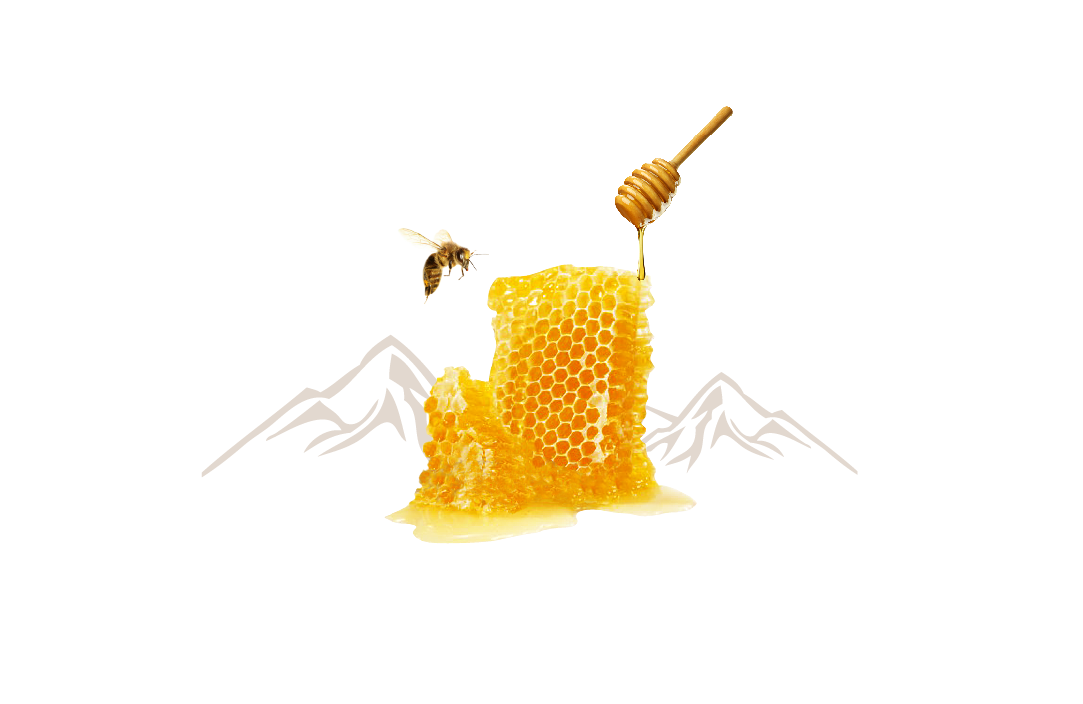Discover the diverse world of honey and learn about the unique characteristics and flavors of honey from different countries, including the Thai brand Siam Bee Secret.
Honey, a natural sweetener beloved by many, comes in a variety of types and flavors from around the world. Each country's honey has its own distinct characteristics and taste, influenced by the local flora and climate. In this article, we'll explore the different types of honey found globally and highlight Siam Bee Secret, a renowned Thai honey brand.
Honey Types Around the World
1. Manuka Honey (New Zealand)
Manuka honey, native to New Zealand, is known for its antibacterial properties and unique flavor profile. Derived from the nectar of the Manuka tree, this honey is highly sought-after for its potential health benefits.
2. Acacia Honey (Europe)
Acacia honey, popular in Europe, is light in color and has a delicate, floral taste. It is produced from the nectar of the black locust tree and is known for its low crystallization rate, making it a favorite among honey enthusiasts.
3. Sourwood Honey (United States)
Sourwood honey, found primarily in the Appalachian Mountains of the United States, has a distinctive, spicy aroma and a rich, complex flavor. It is highly prized for its unique taste and limited availability.
4. Siam Bee Secret (Thailand)
Siam Bee Secret is a Thai honey brand that showcases the unique flavors of Thai honey. Produced by local beekeepers, this honey is known for its high quality and authentic taste, reflecting the diverse flora of Thailand.
Frequently Asked Questions
1. What factors influence the taste of honey from different countries? The taste of honey is influenced by the nectar source, which varies depending on the local flora and climate. The type of flowers, trees, and plants that bees pollinate in each region contributes to the unique flavor profile of the honey. 2. Is honey from different countries nutritionally different? While the nutritional content of honey is generally similar across different types, some variations may occur due to the specific nectar sources and the presence of unique compounds in certain types of honey, such as the antibacterial properties found in Manuka honey. 3. How should I store honey to maintain its quality? To preserve the quality of honey, store it in an airtight container at room temperature, away from direct sunlight and heat sources. Avoid refrigerating honey, as this can cause it to crystallize more quickly.
Conclusion
Exploring the different types of honey from around the world reveals a fascinating array of flavors and characteristics. From the antibacterial properties of Manuka honey to the delicate taste of Acacia honey and the authentic flavors of Siam Bee Secret, each type of honey offers a unique experience for the palate. By appreciating the diversity of honey, we can gain a deeper understanding of the natural world and the incredible work of bees in creating this sweet, golden nectar.






